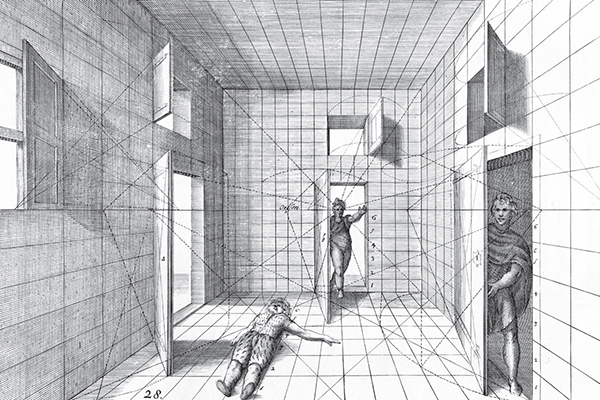Scienza e arte tra tempo e luogo: sei punti di vista
DOI:
https://doi.org/10.15168/xy.v1i1.16Abstract
La rappresentazione dello spazio non è una forma mentale precostituita; bisogna considerarla come un complesso di processi tecnici, logici e intellettuali che progrediscono, non troppo rapidamente, man mano che mutano i contesti storici e culturali di una società. Dal Rinascimento al Novecento la rappresentazione dello spazio architettonico ha attraversato tappe fondamentali, scandite dal pensiero scientifico e dal progresso tecnologico. In questo contesto si analizzano le idee e le realizzazioni degli architetti e degli artisti che, nel corso di questi secoli, hanno utilizzato, e come, i concetti della scienza. L’immagine, tra scienza e arte, apre un campo di studio e di ricerca sui metodi di rappresentazione dello spazio, e ancora sulla validità di tali metodi, nati e sviluppati in funzione di parametri culturali, artistici e sociali propri del loro tempo. In questo contributo si tratterà di immagini, o meglio di rappresentazioni per comunicare idee o realtà tridimensionali su superfici a due dimensioni. Vi è un dialogo spaziale tra arte e scienza, che può essere interpretato attraverso sei esempi noti, dalla geometria medievale alla quarta dimensione. Una sorta di excursus del “punto di vista” che possa tracciare in modo sintetico la storia di queste opere significative, capaci di mettere in evidenza la cultura e le scoperte scientifiche del tempo che le ha generate. Dal soggettivismo prospettico della “scatola rinascimentale” che utilizza la prospettiva come strumento di rappresentazione della oligarchia rinascimentale, alla prospettiva dinamica del cannocchiale di Galileo; dal quadraturismo della scena barocca, allo spazio della ragione degli assi cartesiani; dall’elogio della tecnica delle proiezioni mongiane, alle avanguardie figurative per la sperimentazione della quarta dimensione.
Riferimenti bibliografici
FLORENSKIJ, P., 1995. Lo spazio e il tempo nell’arte. Milano: Adelphi, pp. 406. GUILLERME, J., 1982. La figurazione in architettura. Milano: Franco Angeli, pp. 304.
HAUSER, A., 1964. Il Manierismo. Torino: Einaudi, pp. 370.
KEMP, M., 1994. La scienza dell’arte. Prospettiva e percezione visiva da Brunelleschi a Seurat. Firenze: Giunti, pp. 424.
MARCHI, A., VALAZZI, M. R. (a cura di), 2012. La Città ideale. L’utopia del Rinascimento a Urbino tra Piero della Francesca e Raffaello. Milano: Electa, pp. 352.
MASSARI, G. A. (a cura di), 2010. Tempo, forma, immagine dell’architettura. Scritti in onore di Vittorio Ugo con due suoi testi inediti. Roma: Officina, pp. 222.
MCLUHAN, M., 1988. Il punto di fuga. Como: SugarCo, pp. 288. SENNET, R., 2008. L’uomo artigiano. Milano: Feltrinelli, pp. 312.
VAGNETTI, L., 1974. L’Architetto nella storia di Occidente. Firenze: Teorema, pp. 820.


